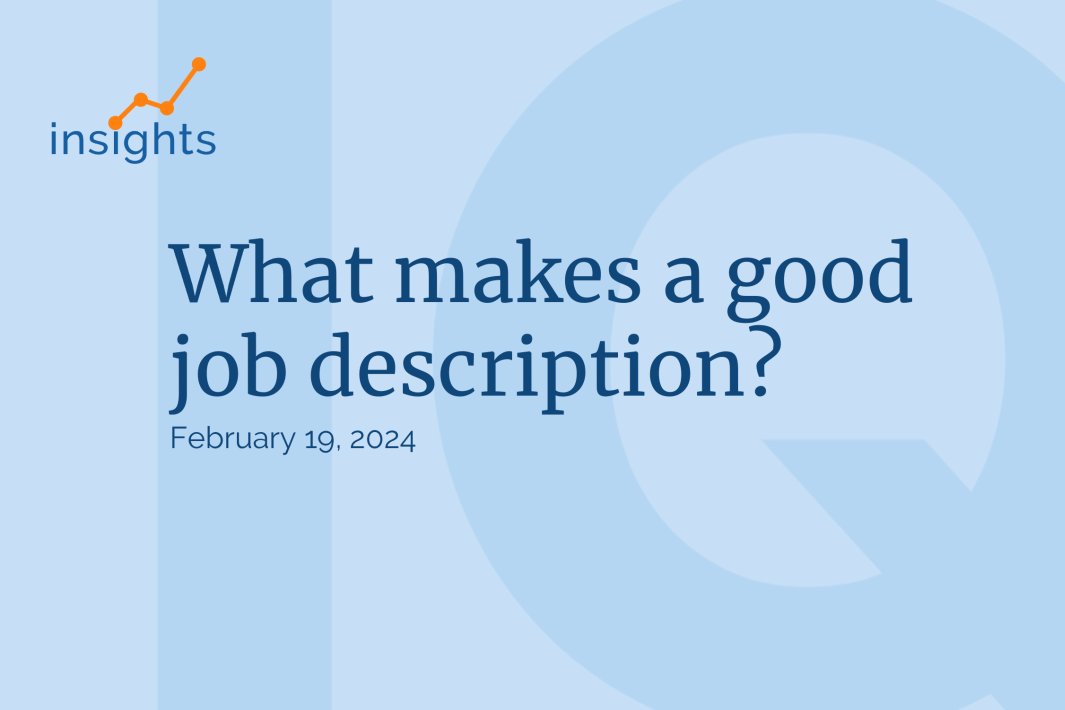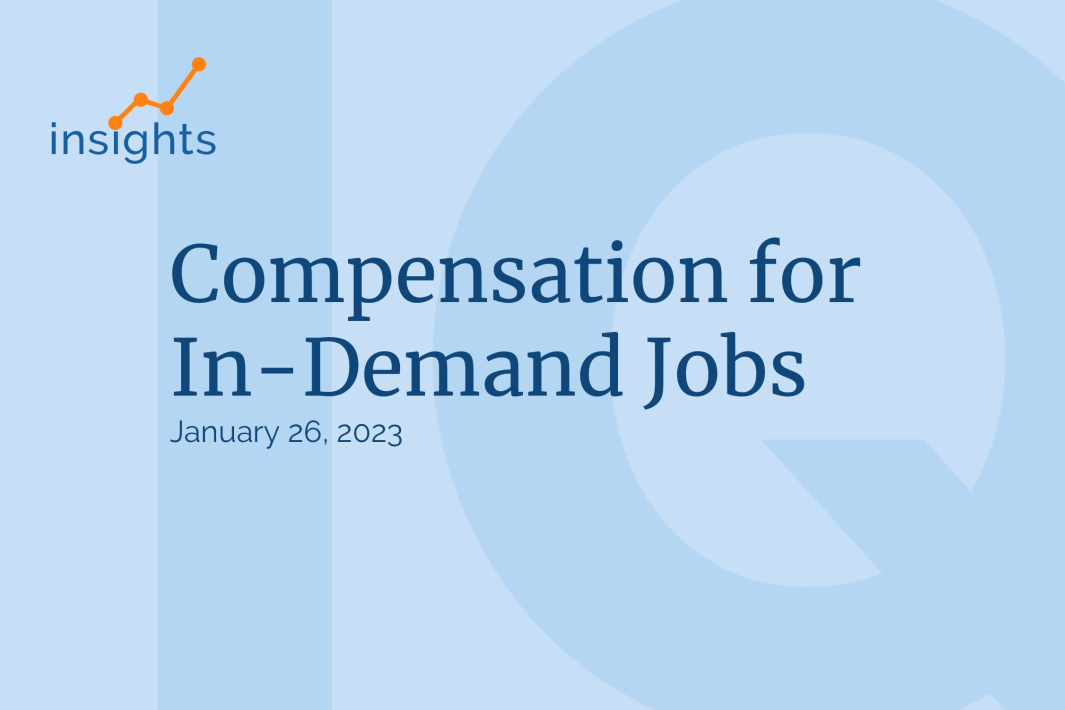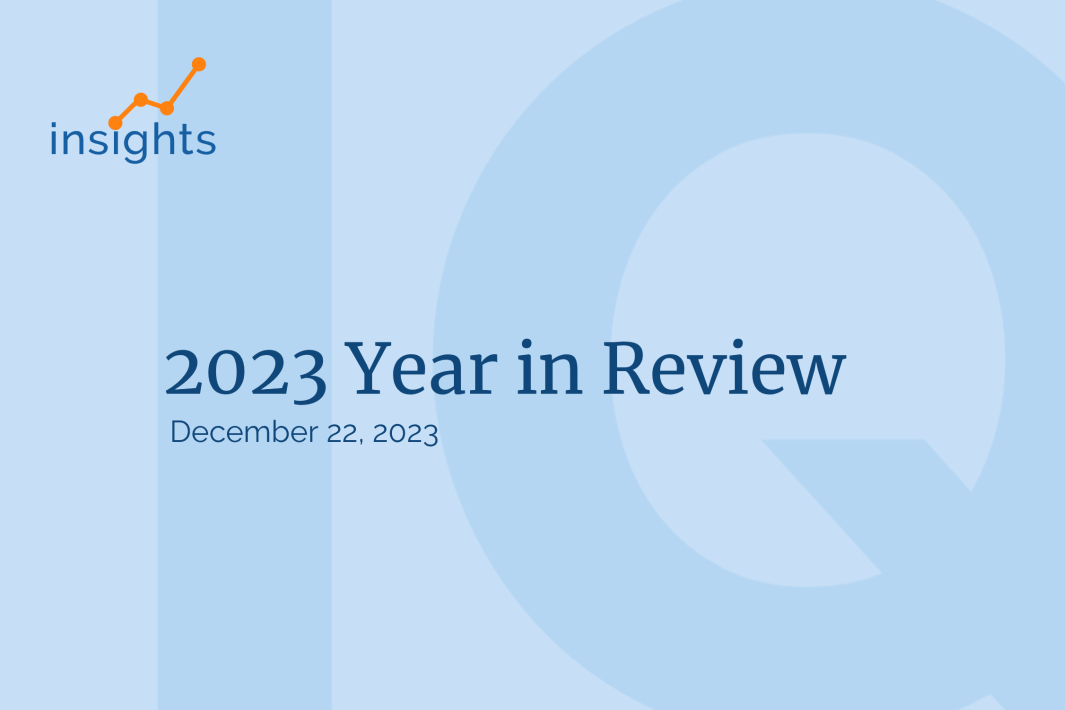This week, we are looking back at the labor market performance through the first quarter of 2024. We'll dig into how actual labor market performance has compared to forecasts. U.S. employers added 303,000 jobs in March, capping off an impressive stretch where hiring has surpassed expectations.
How has 2024 labor market performance held up to the forecasts?
For the past year or more, nearly every month's jobs report recap has opened with some version of "once again, job gains exceeded expectations."
We predicted in last month's jobs report that LaborIQ and other economic forecasters would start revising 2024 projections, showing a much more favorable year than initial forecasts suggested. LaborIQ has already upped our 2024 annual job gain forecast to 1.9 million new jobs added, up from the projection of 1.4 million in January.
The challenge: a stronger labor market will likely make it harder to curb inflation, leading to higher interest rates and fewer cuts this year.
The labor market hasn't felt strong to all workers or businesses depending on location or industry, but the headline numbers remain strong. A soft landing is in sight, but there are some questioning whether there's even a landing at all or if the labor market will keep flying high.
📈 Hiring | Job gains keep surpassing expectations
LaborIQ is currently projecting around 1.9 million new jobs will be added in 2024, which would mean a bit slower job growth throughout the next nine months compared to how the year started. To match our forecast, the labor market would need to average around 140,000 new jobs added per month going forward, essentially matching the two lowest months of job gains going back to January 2022.
In January, The Wall Street Journal's survey of economists forecasted the labor market would add fewer than 800,000 new jobs (an average of all job gain forecasts) in 2024, or around 65,000 new job gains per month. Just three months into 2024, we've added 829,000 jobs, an average of 276,000 monthly job gains.
The good news for job seekers is that it's more likely we will continue to see upward revisions to these forecasts than downward revisions.
💲 Wage growth | Elevated turnover puts pressure on compensation
To kick off 2024, LaborIQ projected we'd end the year with annual wage growth hovering around 3.5%, a moderate adjustment from the elevated levels observed in recent years. However, based on the wage growth data we’ve seen this year, don't be surprised if we push this figure closer to 4%.
Hiring isn't slowing at the pace many expected. While layoffs have ticked up, the unemployment rate has stayed low by historical standards.
Voluntary turnover has remained elevated, a sign that workers still have confidence in their ability to find a new role. Typically, workers who quit their jobs have another lined up for higher pay. This dynamic puts pressure on wages.
Even with turnover starting to normalize this year, LaborIQ is projecting 3.3 million monthly quits in 2024, compared to an average of 3.2 million quits each month in the five years before the pandemic and nearly 4 million quits each month from 2021 through 2023.
Still, 2024 is likely to bring relief for businesses that have struggled with turnover over the past two years.
💸 Inflation | Remaining higher than the Fed would like
In January, economists surveyed by The Wall Street Journal projected inflation would be below 3% by this summer, with 12-month price growth expected to hit 2.7% in June. The most recent inflation reading in March showed prices grew by 3.5% on a year-over-year basis. And in April's survey, economists projected we'd now hit 2.7% by December.
While rising prices put a strain on consumers and businesses, the good news is that wage growth has outpaced price growth for the past 11 months.
🏠 Interest rates | Remaining higher than home-buyers would like
Inflation is not coming down as quickly as the Fed would like (their target rate is around 2%), and this means interest rates won't come down as quickly as businesses and consumers would like.
The Fed began raising interest rates in 2022 to stem inflation; but a combination of elevated consumer demand, disrupted supply chains, and global instability have contributed to inflation that remains stubbornly high.
Most notably, high interest rates have created challenges in the housing market. Homeowners who are locked into mortgages with low interest rates find it difficult to move and maintain their monthly budget. And potential home buyers are locked out of a housing market where rising prices and interest rates have made monthly mortgage payments unattainable.
📉 Recession | Unlikely in 2024
In April, economists surveyed by The Wall Street Journal projected a 29% chance of a recession in the next 12 months, down from 39% in January. This more optimistic outlook is the result of continuing strength of recent jobs reports, inflation remaining under control, and wage growth remaining above inflation levels for several months.
📊 2024 Recap | Normalization with some challenges
The bottom line is that we've had a lot of positive economic and labor market news to kick off 2024. But those headlines mask some real pain felt by workers and businesses across certain industries and locations.
LaborIQ provides HR teams and business leaders with market-competitive compensation benchmarks. In an evolving job market, you need to know what salaries to offer to retain employees and fill open positions faster.
Want to hear about how LaborIQ can help your HR team? Learn more










